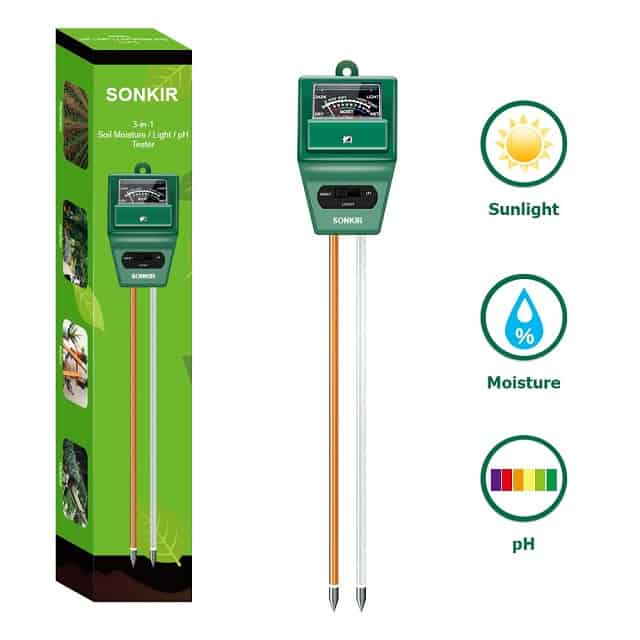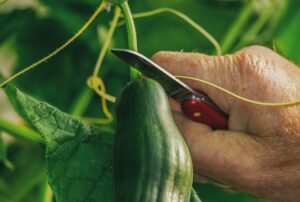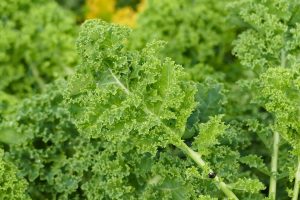Garlic is one of the easiest plants to add to any garden. Garlic is a low-fat, low-calorie way to add some flavor to a number of recipes. Some studies suggest the allyl sulfides found in garlic have health benefits ranging from immune support to suppressing cancer growth.
Buy Garlic Bulbs Online
| Image | Name | Rating | Shop |
|---|---|---|---|
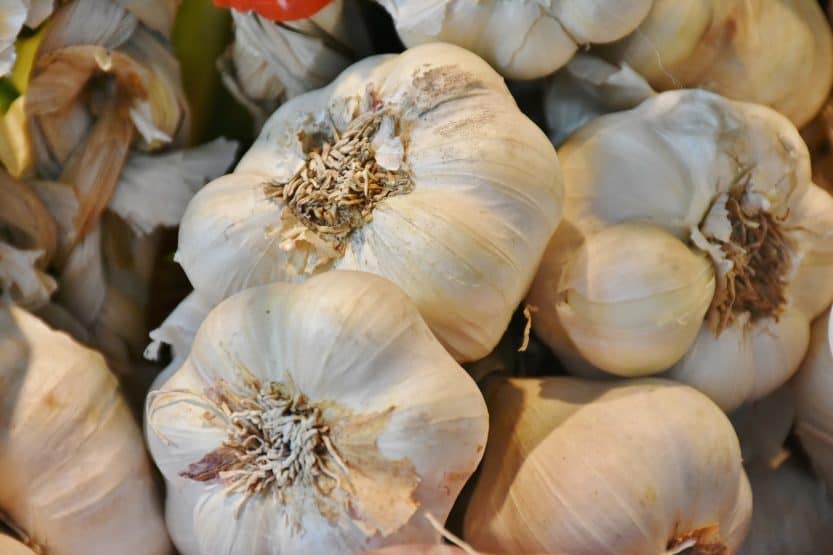 | Garlic Cloves – Burpee | ||
 | Russian Red, Garlic (3 Large Heirloom Bulbs) | ||
 | GARLIC BULB (6 Pack), FRESH SIBERIAN HARDNECK GARLIC | ||
 | Garlic Bulb, California Softneck, 6 Bulbs |
What Type of Garlic Should I Grow?
You can purchase garlic cloves that do well in any climate. Soft neck types do well in locations that have mild winters. Hard neck garlic cloves are able to withstand colder winters. Garlic is generally started from cloves, and you can find these for sale at most nurseries or in garden catalogs. If those sources are unavailable in your area, then garlic cloves that you can find in any grocery store can be used for planting instead.
When Should You Plant Garlic?
Garlic can be planted twice a year. Firstly, in early spring for a fall harvest; and in this case, a soft neck variety would make an excellent choice. Secondly, a planting in the late fall will stay in the garden over winter, producing a crop in the early summer the following year. If a fall planting is feasible in your locale, then a hard neck variety is the best choice for overwintering.
Planting Garlic in the Spring
A spring crop should be planted after your last frost and should produce smaller cloves, in general, so planting more cloves per bed might be necessary to get an adequate yield. A fall crop, on the other hand, will produce large, robust cloves. Plant the fall crop after your first frost, when the soil temperatures have cooled off.
How to Grow Garlic at Home
Planting Garlic

Garlic Planting Location
Garlic needs to be planted in a location that has full sun exposure, in order to grow well in most areas. The soil that you plant your garlic in should have very good drainage. If your soil has a high concentration of clay or tends to have standing water, you can add some compost along with a generous amount of sand to improve drainage. This will prevent your garlic cloves from rotting in the soil.
Garlic Soil pH
Your soil pH should be between 5.6 and 6.5. Once your soil is ready, you can start planting the cloves. Each bunch of garlic should be separated into individual cloves.
Garlic Planting Depth and Spacing
Each clove will produce one plant. You should plant the garlic cloves 2 to 4 inches (5 to 10 cm) deep while spacing them 4.5 inches (11.4 cm) apart.
Fertilizing Garlic
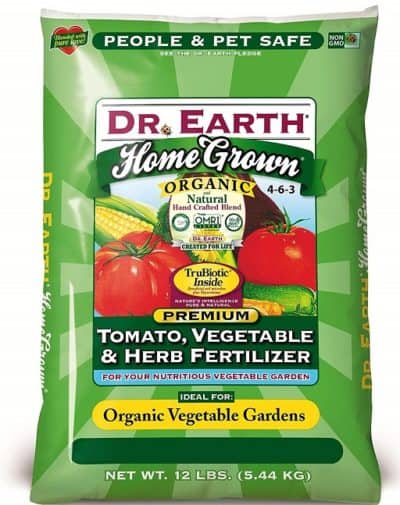
Immediately after planting, add a complete fertilizer (Buy Online) to the top layer of soil. Then add a 2 inch (5 cm) layer of mulch to the whole planting area. The garlic plants will have no problem pushing through the mulch layer. Follow this up with a deep soaking of the whole planting area. The freshly planted garlic will need to be watered lightly every day for the first week.
Garlic Weed Control
If you neglected to add mulch when you planted, then be sure to keep the area weed free, especially early on, while the garlic plants are just getting established. With the cloves being spaced rather close together, then carefully hand weeding is the best option, in order to avoid accidental damage to the developing plants.
How to Grow Garlic at Home
Garlic Care & Harvest

Garlic Water Requirements
Once your garlic plants have fully emerged, you can reduce your watering schedule to once a week for the next few weeks. As the growing season progresses, you can limit watering even further by only watering if the soil has become extremely dry.
Garlic is very drought tolerant and will thrive in these conditions. The garlic bulb dislikes waterlogged soil, so keeping your watering to a minimum will prevent the garlic from rotting in the soil.
Garlic Pests and Diseases
Garlic plants are pretty resistant to most insects and diseases. Although, you should keep an eye out for aphids, especially in the early spring and fall. Aphids tend to be a minimal problem and can generally be removed by hand or with mild insecticides.
Can You Eat the Leaves of a Garlic Plant?
You can consume both the leaves of the garlic plant and the bulbs. If you choose to harvest the leaves, while the plant is growing, then be careful not to damage the plant, as this will reduce any bulb growth later on.
When is Garlic Ready to be Picked?
When the leaves of the plant start to turn yellow, it’s time to harvest the bulbs. Do not wait until the leaves have completely died back, or the cloves will separate from the bulb making harvesting much harder.
How do you Harvest Garlic?
You should gently loosen the surrounding soil with a shovel, so the bulbs can be easily extracted from the soil. Gently pull the bulbs from the soil, while taking care not to break the bulb into pieces.
Storing Garlic from the Garden
Freshly dug garlic should also be protected from intense sunlight because the cloves are susceptible to sunburn. After you harvest your garlic, let it sit in a dark cool dry place with good ventilation, in order to fully dry. You can store the cured garlic at 50 to 60 degrees Fahrenheit (10 to 15.5 C) for six to eight months.
Sources:
https://www.health.harvard.edu/blog/onions-and-garlic-may-ease-bph-symptoms-20090403155
https://extension.umn.edu/vegetables/growing-garlic#harvesting-868164


